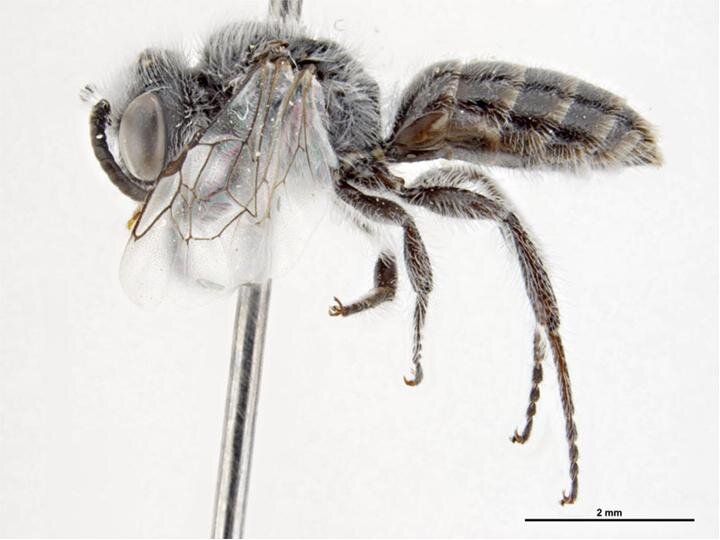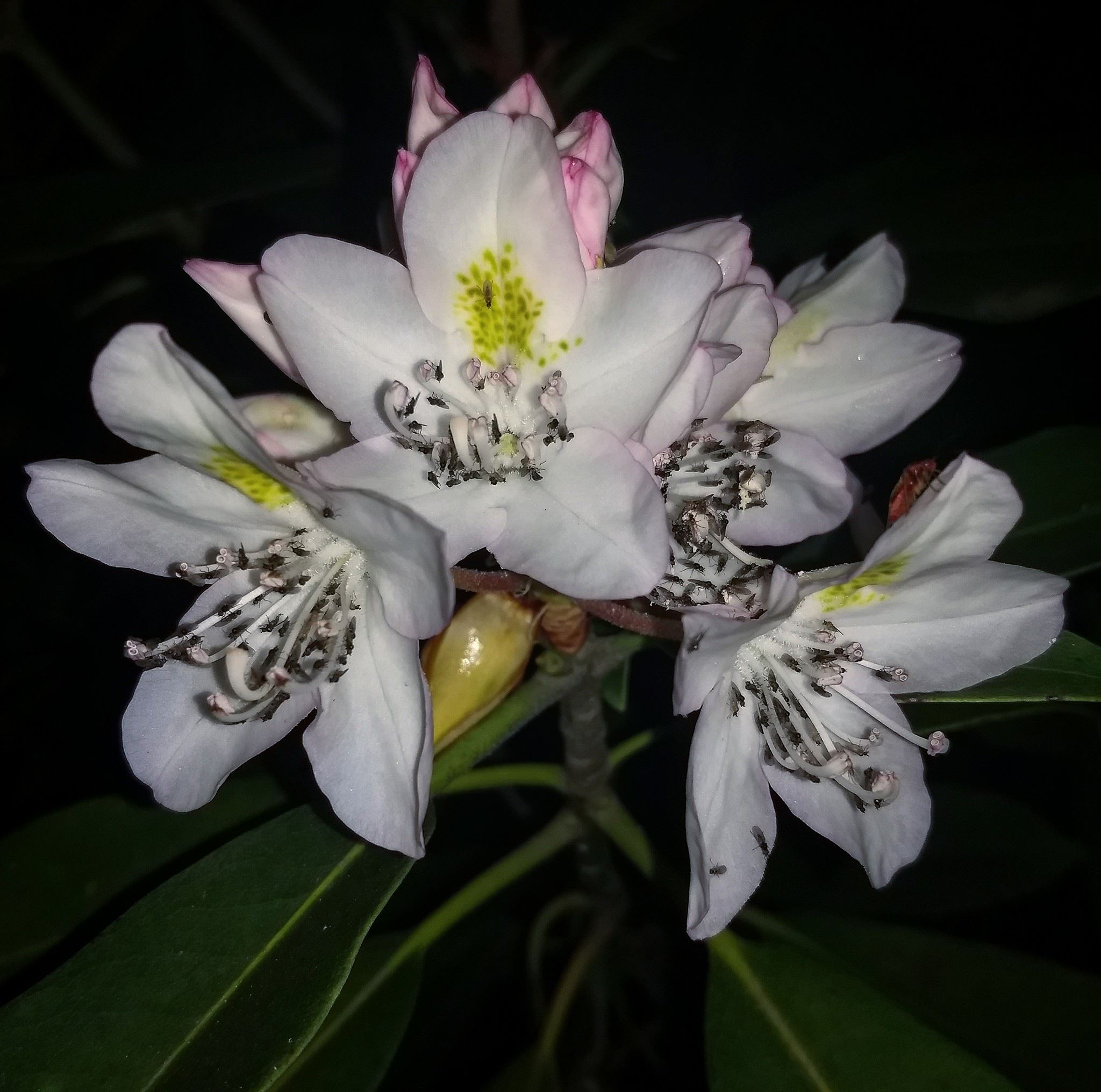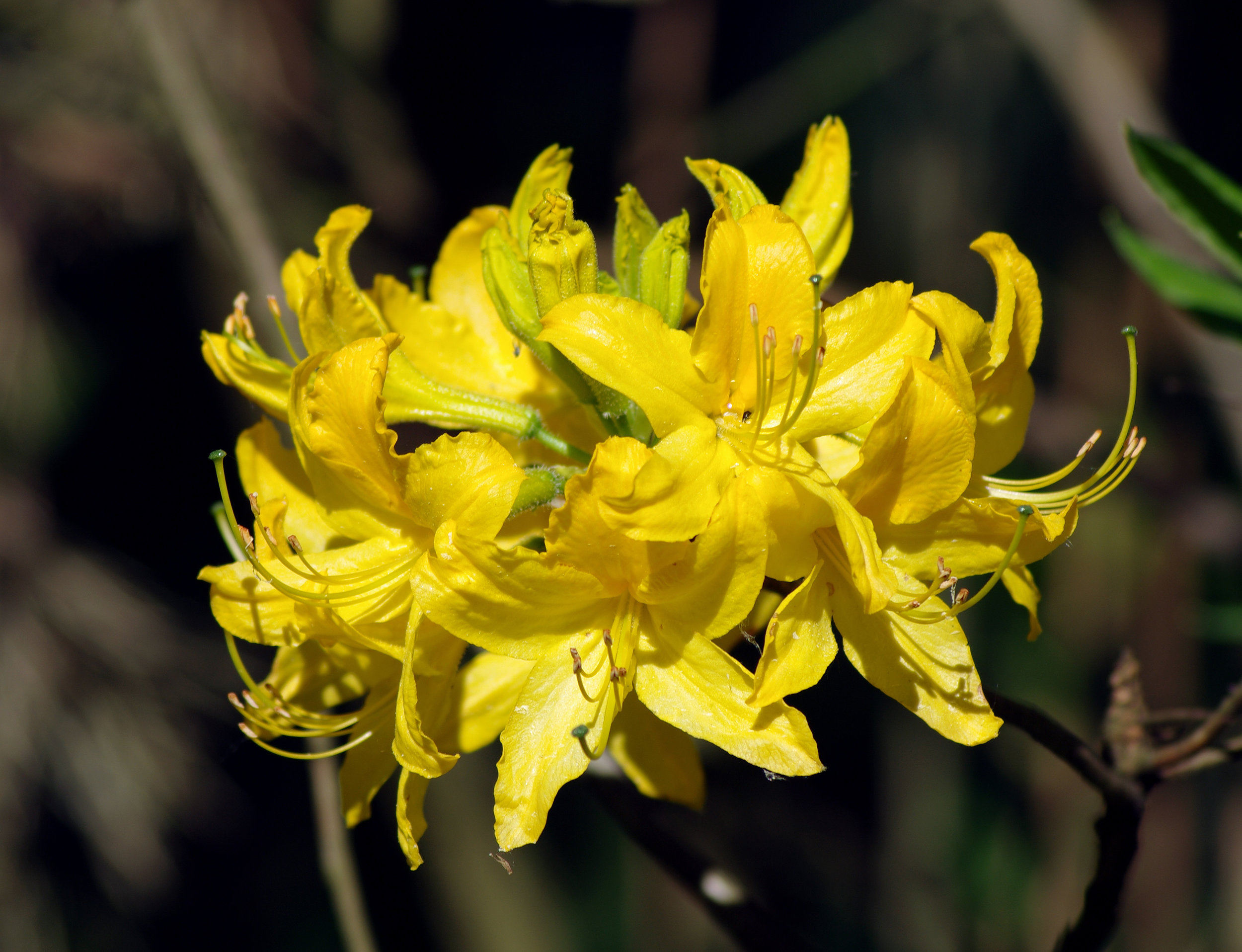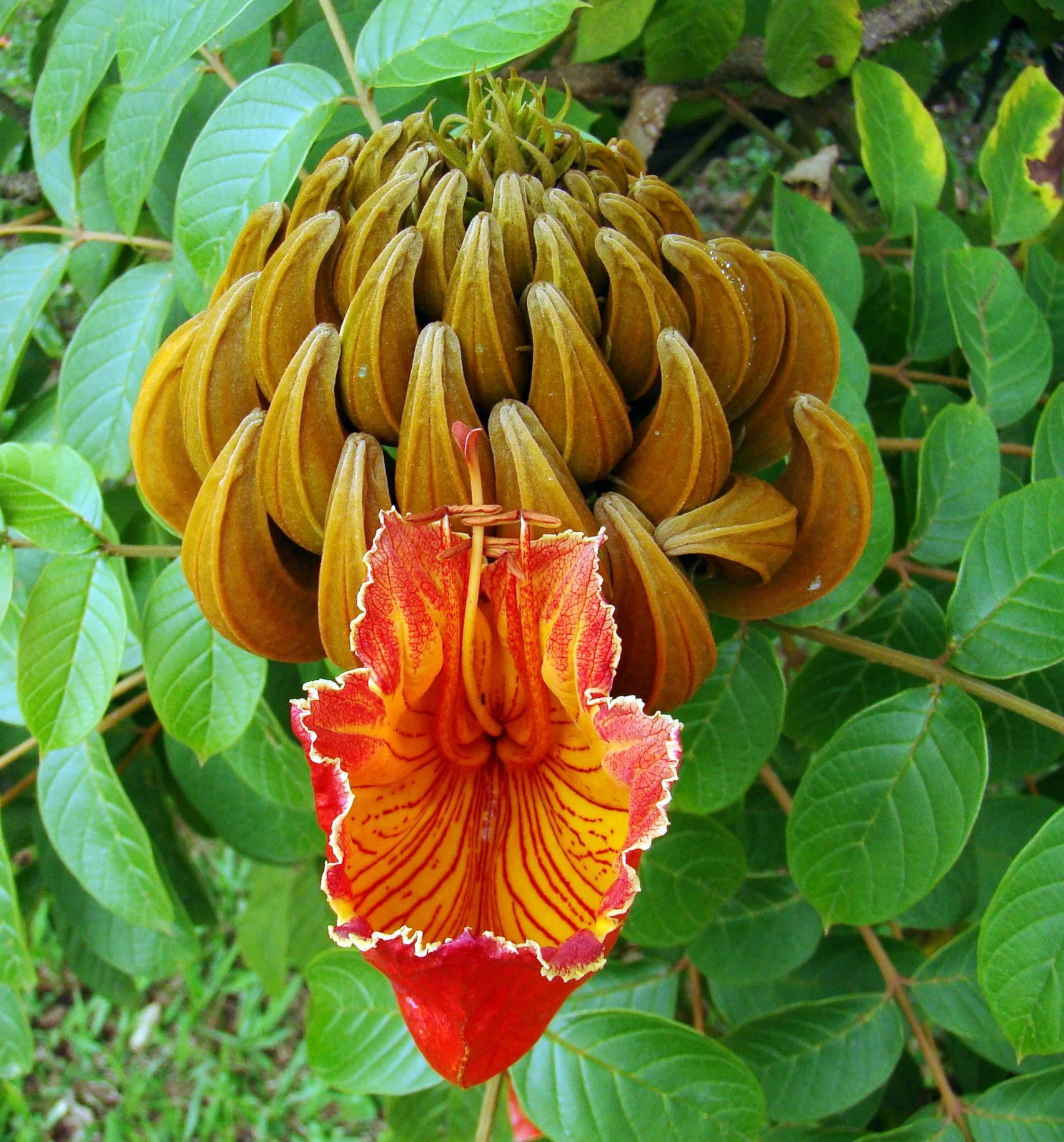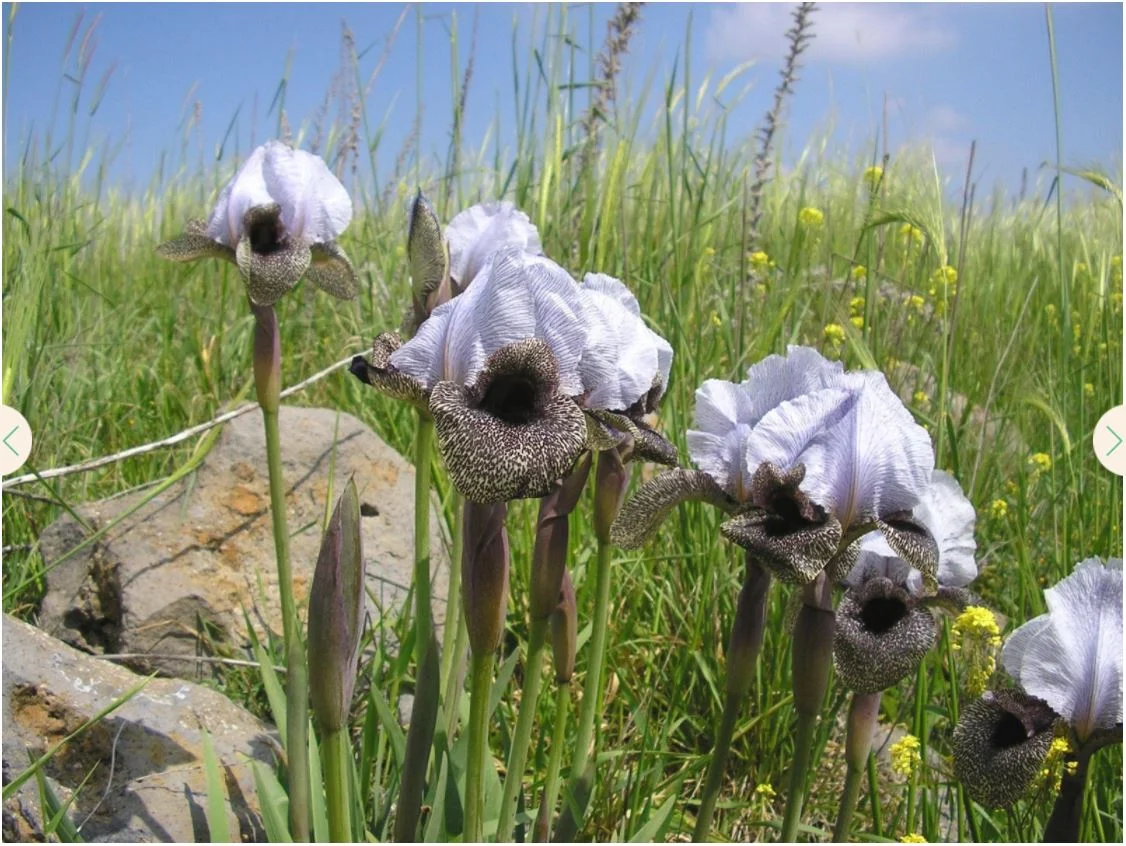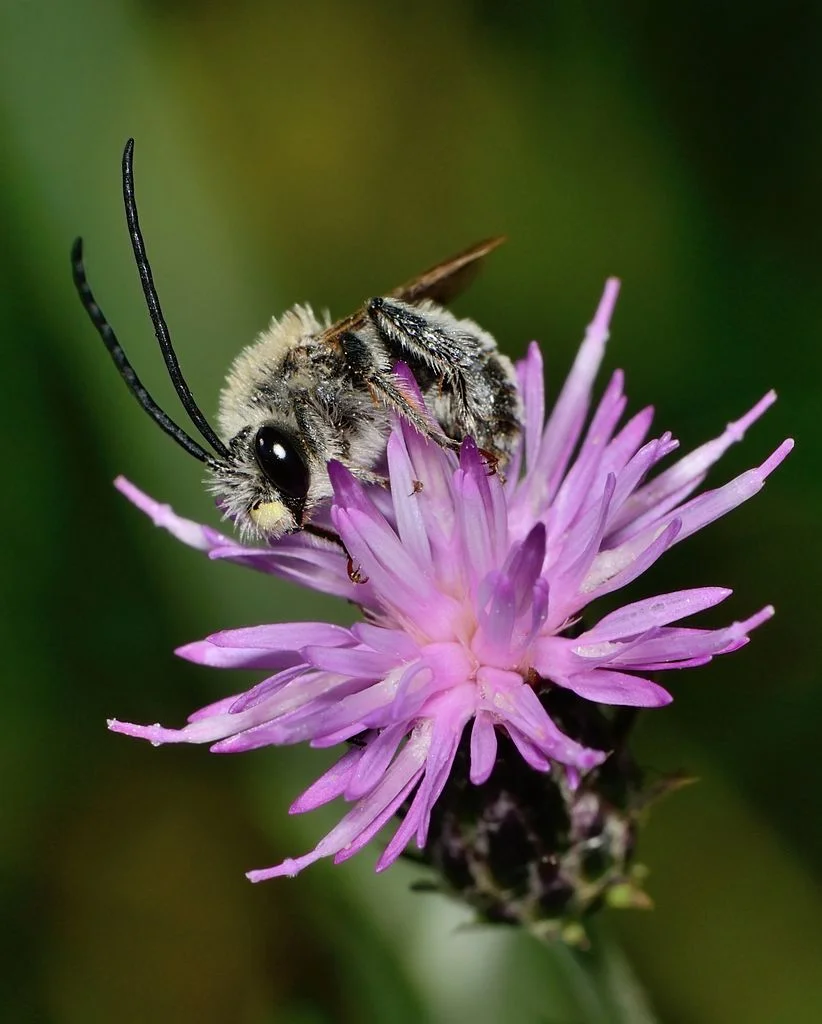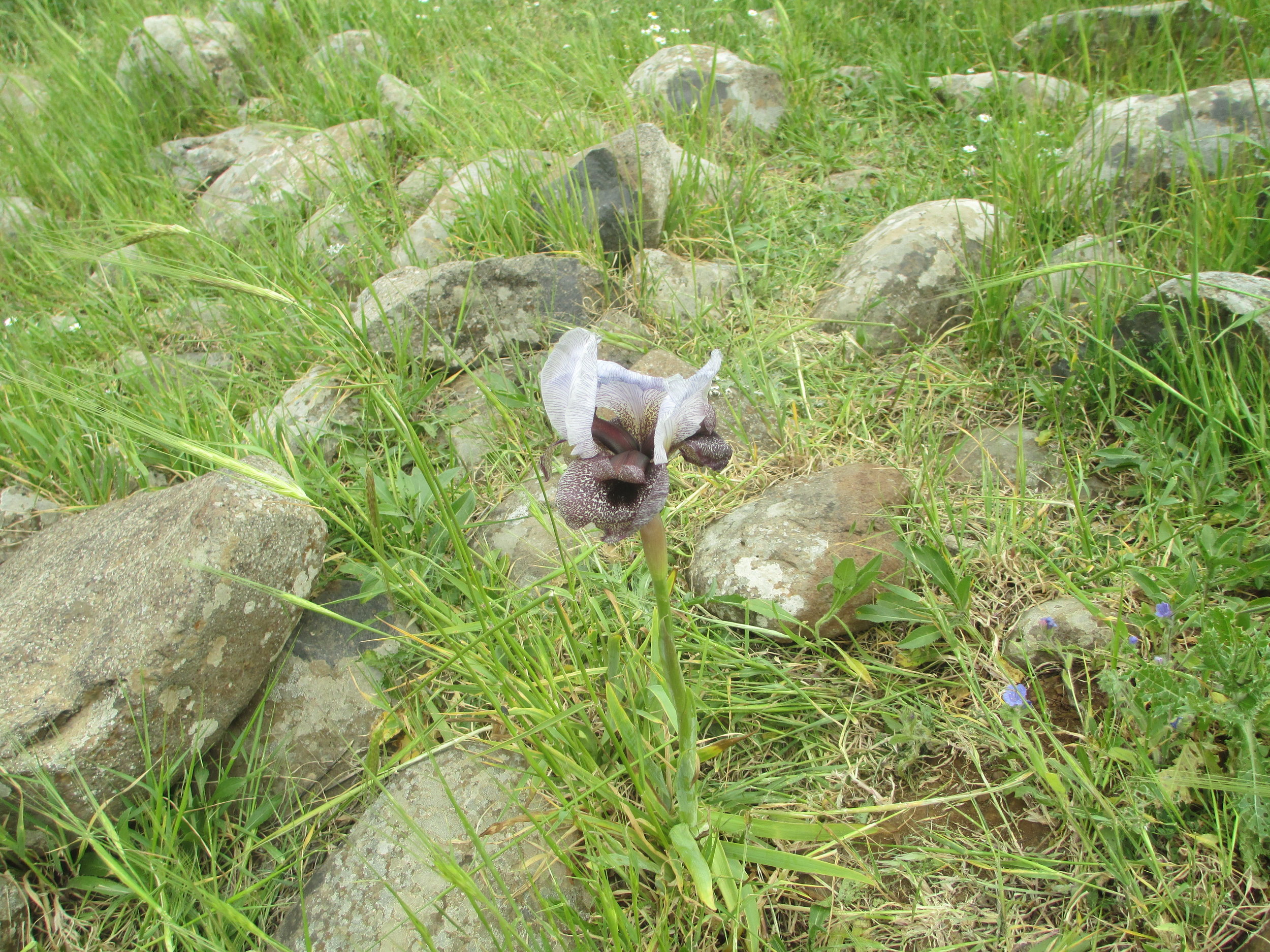While working in the garden the other day, I noticed that some of the nodding onion (Allium cernuum) we planted last year had finally come into bloom. I must have spent the good part of an hour watching bees pay a visit to their downward pointing flowers. I have seen a lot of onion species in bloom before, but this particular native is the only one that I know of personally that orients its flowers facing the ground. This got me to thinking about floral orientation. A lot of plants produce flowers that face the ground but many more do not. Why is there such variety among the orientation of flowers?
As always, I hit the literature. It turns out, many scientists have set out to investigate the function of floral orientation. What immediately stuck out to me is just how many different flowering plant lineages boast species whose flowers face down rather than out or up. I knew instantly that with so much variety in lineage, habitat, and pollination strategies, the answer wasn’t going to be simple or straight forward. Indeed, each investigation I read about seemed to end in a slightly different conclusion. Still, there were enough patterns among the results and conclusions to make some general statements about the subject.
The nodding flowers of the Michigan lily (Lilium michiganense)
We often find plants with downward facing flowers in harsh climates. Harsh can mean a lot of different things depending on the plant and region in question but take, for instance, the case of the genus Cremanthodium. This interesting group of asters resemble sunflowers in the basic appearance of their flowers but the plants themselves are vastly different in overall growth habit. Many hail from alpine environments in Asia and possess a short stature and flowers that face the ground instead of the sun. Research on the reproductive habits of these plants has revealed that the downward orientation of their flowers helps protect the sensitive reproductive parts from solar radiation and rain.
Growing at high elevations exposes these plants to lots of UV radiation and plenty of storms. If flowers were to orient towards the sky, rain could wash away pollen and UV radiation could really hinder successful reproduction. By facing the ground, the flowers are able to avoid these potentially harmful effects altogether. Similar results have been found for other members of the aster family in the genus Culcitium growing in alpine habitats in the Andes. Here again we see that downward pointing flowers help protect the sensitive reproductive parts from rain, snow, and too much sun.
The recently described Cremanthodium wumengshanicum growing at elevation in Yunnan, China. [SOURCE]
However, its not just the elements that have selected for downward pointing flowers. As you can probably imagine, pollinators also play a role in floral orientation. While watching bee visit our nodding onions, I noticed that they seem to be much better able to land on and collect pollen and nectar from downward pointing flowers than any of the flies I see attempting visits. Indeed, floral orientation can have a massive impact on what kinds of pollinators are able to effectively visit a flower.
A great example of this can be seen in members of the genus Zaluzianskya. Some species present their flowers horizontally or vertically while others present their flowers facing the ground. By comparing the visitors that frequent each species, researchers found that orientation matters. Upright or horizontally facing flowers were mostly visited by hawkmoths. Hawkmoths hover while they feed, which means they have a much harder time visiting downward facing flowers. By presenting their flowers in different orientations, the various species of Zaluzianskya ensure that only specific pollinators are able to access their rewards and thus achieve pollination. As such, upright, horizontal, and downward flowering species remain reproductively isolated from one another. Similar results have also been found in genera such as the afore mentioned Culcitium as well as some Commelina and Nicotiana.
Investigating pollinator visitation among different species of Zaluzianskya. [SOURCE]
I am sure many more examples exist out there but alas, I only have so much time to pursue my random curiosities these days. Nonetheless, what started as a fun observation in the garden turned into an entertaining dive into ideas that I had not given too much thought to before. What seems like a funny quirk of anatomy turns out to have massive implications for where plants are able to grow and how they are able to reproduce and all of these factors and more have shaped flowering plant evolution over time. Not bad for a few hours in the garden.
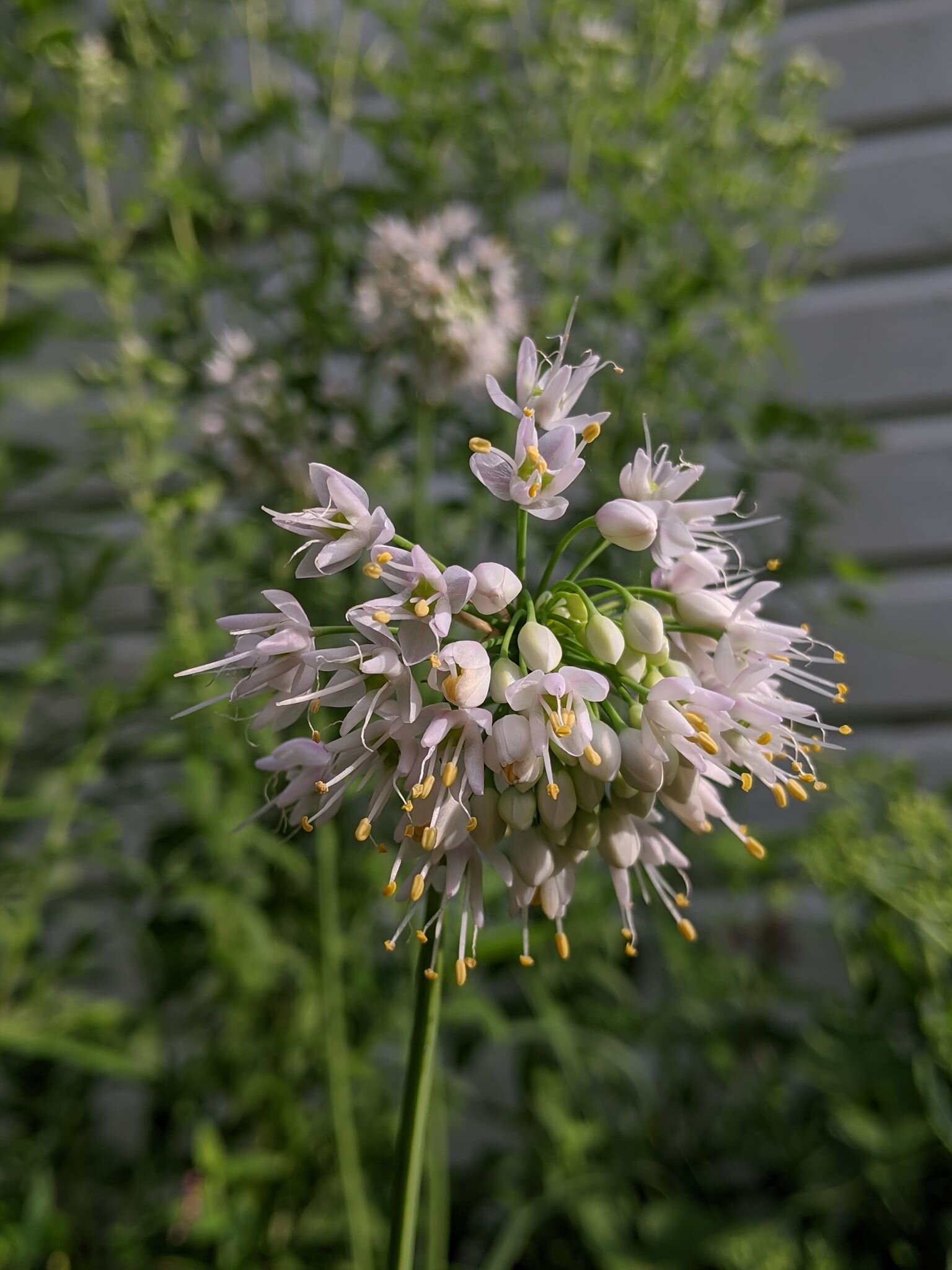

![The recently described Cremanthodium wumengshanicum growing at elevation in Yunnan, China. [SOURCE]](https://images.squarespace-cdn.com/content/v1/544591e6e4b0135285aeb5b6/1595452902740-1SHVHLYLHXN0VGCR17C4/Cremanthodium_wumengshanicum-novataxa_2015-L._Wang-C._Ren_et_Q.E._Yang.jpg)
![Investigating pollinator visitation among different species of Zaluzianskya. [SOURCE]](https://images.squarespace-cdn.com/content/v1/544591e6e4b0135285aeb5b6/1595453007802-011KTFTH4MG6YEFKCL9M/nph13746-fig-0001-m.jpg)
![Photo by Nicola Delnevo [SOURCE]](https://images.squarespace-cdn.com/content/v1/544591e6e4b0135285aeb5b6/1592594490445-RKITCT8N72D9GVX5TOJP/12349226-4x3-xlarge.jpg)
